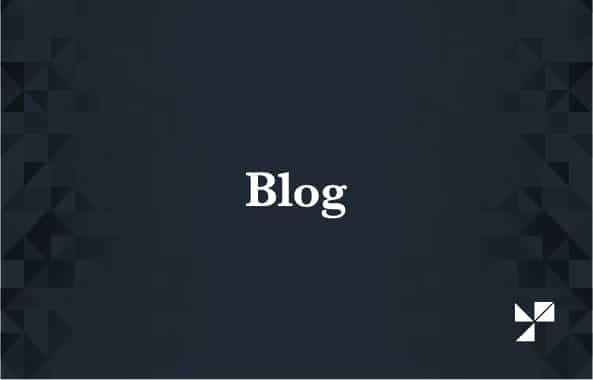Use of Sampling or Modeling Approach for Cost Segregation
One of the acceptable methods of completing a cost segregation study includes the use of statistical sampling. According to the IRS Audit Techniques Guide, one method for completing a cost segregation study is utilizing a Sampling or Modeling Approach. However, there are many areas of consideration when completing a sampling review.
First, it is important to understand the difference between a judgment sample and a statistical sample. In most cases, when preparing for a sample, taxpayers and practitioners want to pick a judgment sample. A judgment sample is a nonrandom sampling approach where records are chosen based on the opinions of experts or based on bias. Judgment sample selection is subjective, and some items have a zero chance of selection. For example, when reviewing a portfolio of homes, looking only at homes that are empty or within a 50-mile radius of a central location would be considered a judgmental sample. In a true statistical sample, every record has a nonzero chance of selection. The IRS has no guidance on judgment sampling, and this is not considered an allowable methodology under audit. The IRS will accept a true statistical sample, and the rules for this sampling are covered in Revenue Procedure 2011-42.
IRS Revenue Procedure 2011-42 specifically covers the terminology and requirements related to utilizing a statistical sample. The first term that is important to understand is Relative Precision. Relative precision measures the accuracy of the sample and is calculated by dividing the point estimate by the sampling error. For example, a sample that provides a value of $5 million plus or minus $1 million would have a relative precision of 20% ($1 million/$5 million). This number is important as the IRS requires using the least advantageous confidence limit if the precision is 15% or worse. If the relative precision is 10% or better, the IRS allows the taxpayer to utilize the point value. Take a cost segregation estimate where the taxpayer has 10% personal property plus or minus 2%. In this case, the taxpayer would only be able to claim 8% personal property. However, if the taxpayer can refine their estimate to 10% personal property plus or minus 0.5%, they could use the point value of 10% in calculations.
It is also important to note that the relative precision needs to be calculated at a 95% confidence level. To use the above example where we have 10% personal property plus or minus 0.5%, we would need to calculate that to a confidence level of 95%. This means that we would expect the results to be 9.5% to 10.5% when calculated 95% of the time. Typically, when increasing the confidence level the Relative Precision becomes greater. The result of this is that a larger sample set is needed to provide a 95% confidence level with a relative precision of 10% or less.
Wide variations in a sample set might require the sample to be significantly larger. A real estate portfolio with homes may have some homes with carpet, and others with hardwood floors. This could cause a variation in the sample set, leading to a larger variation in the precision. Whereas a portfolio of self-storage warehouses all built by the same contractor to the same plans, may have a smaller relative precision based on a smaller sample set.
One difficulty occurs when the initial assumptions do not match the findings. A sample set may be created assuming a relatively tight distribution of the assets; however, when the study is completed, the results do not match the assumption. This could lead to a larger relative precision than initially assumed, making the deviation much larger and potentially making the study not as valuable. To illustrate, consider a scenario where the initial assumptions assume that 15% of the property could be classified as personal property and that a sample of 50 locations could back this up. However, when the study is complete, the results come back at 15% plus or minus 5% to a 95% confidence. Since the relative precision is so high (33.33%), the least advantageous limit must be utilized. This would lead to a result of 10% personal property, leaving 1/3 of the savings on the table.
While sampling can be a valuable tool in larger portfolios, it is critical to understand the risks and pitfalls associated with this methodology. Often, the perceived savings associated with sampling do not materialize due to the complexity of the requirements.
McGuire Sponsel will continue to unpack these regulations and provide guidance. Feel free to reach out to our team with any questions.
David McGuire is a leading expert on cost segregation, fixed assets and depreciation law and a co-founder of McGuire Sponsel.
McGuire is an expert on for how tax law affects depreciation. His knowledge in determining asset costs and classifications has held up against IRS scrutiny and has built the firm into a trusted industry partner.
Recent Resources
-
Fixed Asset ServicesAugust 12, 2024
Understanding Land Value’s Impact on Cost Segregation Studies
by Austin BrownWhile cost segregation studies are primarily concerned with depreciable assets, one non-depreciable asset plays a critical role in the study:...
-
Fixed Asset ServicesSeptember 28, 2023
IRS Releases 45L Guidance
by Dave McGuireOn September 27, 2023, the IRS released heavily anticipated guidance on the 45L Energy Efficient Home Credit. This notice clarifies...
-
Fixed Asset ServicesAugust 31, 2023
How Cost Segregation can Help Maximize IRA Incentives
by Dave McGuireThe Inflation Reduction Act of 2022 has been a windfall for many businesses, including those looking to upgrade their facilities...
-
Fixed Asset ServicesAugust 3, 2023
McGuire on the Wire Episode 77
by Austin BrownAustin Brown and Dave McGuire join the podcast this week to discuss bonus depreciation.




